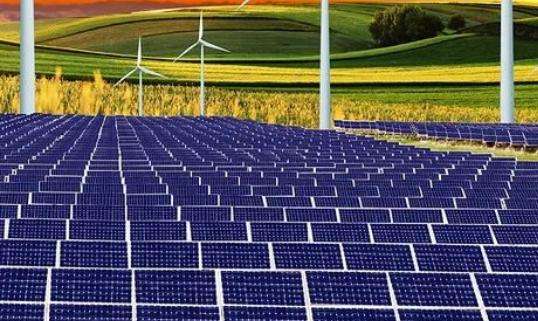To give you another idea, wind power is indeed inexpensive in terms of cost, but it also depends on where you use it.
The place you are using has no wind all day but the sun is strong, so you might as well install solar, which can produce more energy.
If you can't see the sun all day, use wind power.
You can also consider complementing wind and solar energy, which can increase the proportion of wind energy.
This should not be necessary. You can install it at your home and be responsible for any security issues. If you buy it, the manufacturer or seller should be responsible for it.
PS: If your house cannot consume this 3000W of electrical energy, it will be sent to the electricity grid; I can tell you that the number on your appliance meter will not decrease if the energy issent to the power grid; electricity network, but will only increase.
It is not illegal to acquire a small wattage hydroelectric generator for your own use.
If the power plant needs to be connected to the power grid to absorb and transmit electrical energy and failure to comply with the standards will cause negative effects on the external power grid and endanger public interests, it must report to the relevant departments and submit the technical data for review and approval. The power plant will be inspected on site to verify safe operating conditions. Once all exams are passed, a certificate will be issued before the power plant can be operated.
A generator refers to a mechanical device that converts other forms of energy into electrical energy. A general generator converts the energy contained in various primary energy sources intomechanical energy via a main motor, then converts it into electrical energy. energy by the generator, sent to various places of energy consumption via the energy transmission and distribution networks. Generators are divided into DC generators and AC generators. Their operating principles are based on the law of electromagnetic induction and the law of electromagnetic force. They are widely used in industrial and agricultural production, national defense, science and technology and daily life.
Generators are generally composed of stators, rotors, end covers, bearings and other components. The stator consists of the stator core, wire windings, machine base and other structural parts that secure these parts. The rotor is composed of a rotor core winding (or magnetic pole, magnetic yoke), retaining ring, cent ringrale, a slip ring, a fan and a rotating shaft. The stator and rotor of the generator are connected and assembled by the bearings and end covers, so that the rotor can rotate in the stator and carry out the cutting movement of the magnetic lines of force, thereby generating induced electric potential, which is evacuated. across the terminals and connected in the circuit to generate current.
There are three main modes of operation of AC excitation generators:
1. Operating in variable speed and constant frequency mode
2. mode Range setting method;
3. Operate in electrical energy production mode.
Legal basis
Article 19 of the “Electricity Law of the People's Republic of China” Electric power enterprises should strengthen management of safety production and adhere to safety first. and the ab prevention policyord, establish and improve the safety production responsibility system.
Electricity companies should carry out regular inspections and maintenance of electrical installations to ensure their normal operation. Article 22 The State promotes the parallel operation of electricity generation companies and electricity networks, as well as electricity networks and electricity networks. If an electricity production company with independent legal personality requires that the electricity produced be connected to the network for its operation, Companies operating electricity networks should accept this.
Grid-connected operation should comply with national standards or electrical industry standards. The parties connected to the grid will sign a grid connection agreement to determine the rights and obligations of both parties in accordance with the distribution principles.n unified, hierarchical management, equality, mutual benefit and consensus through consultation in the event of failure of the parties connected to the network; To reach an agreement, the energy management department at the provincial level or above will make a coordinated decision.














